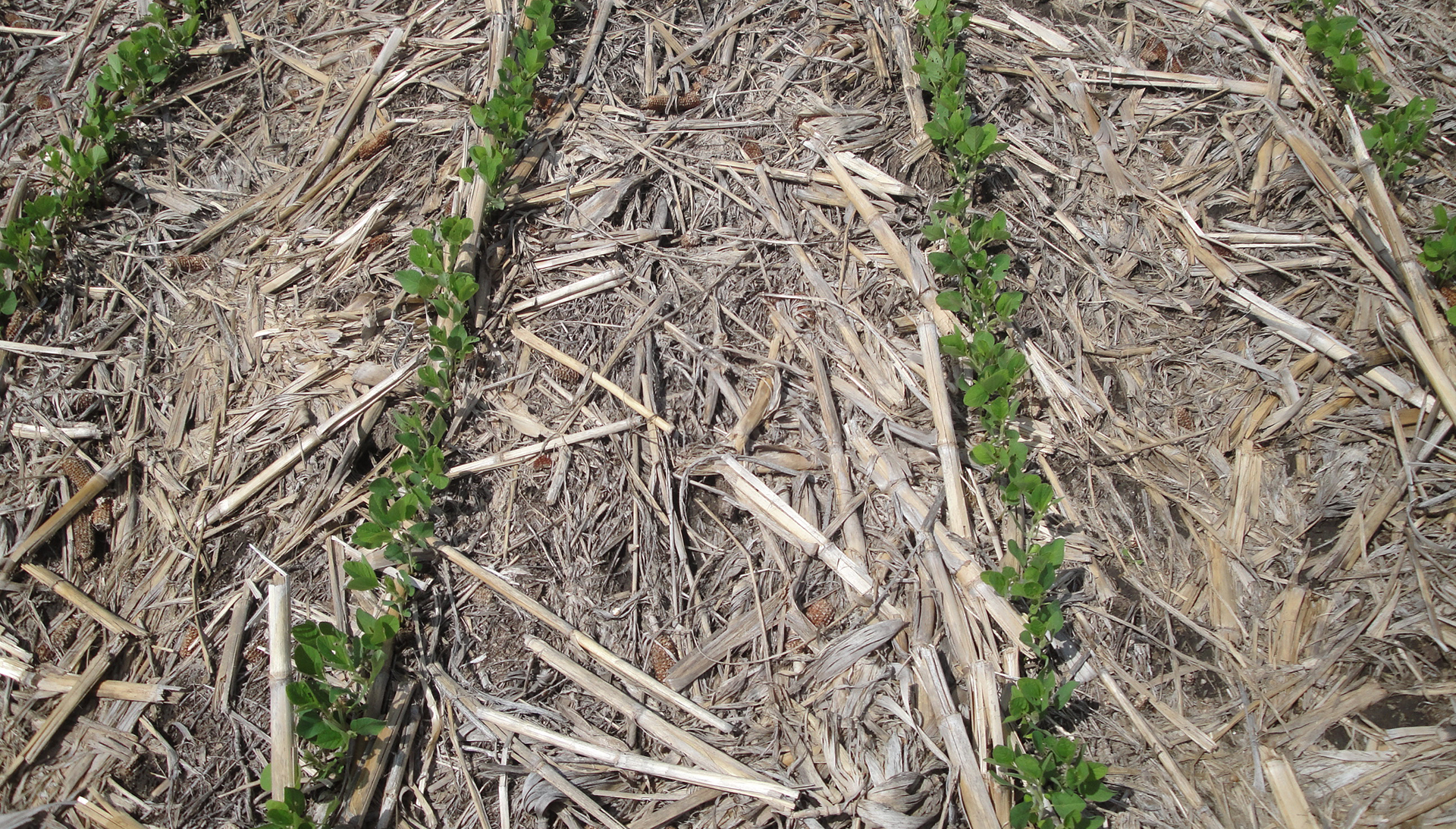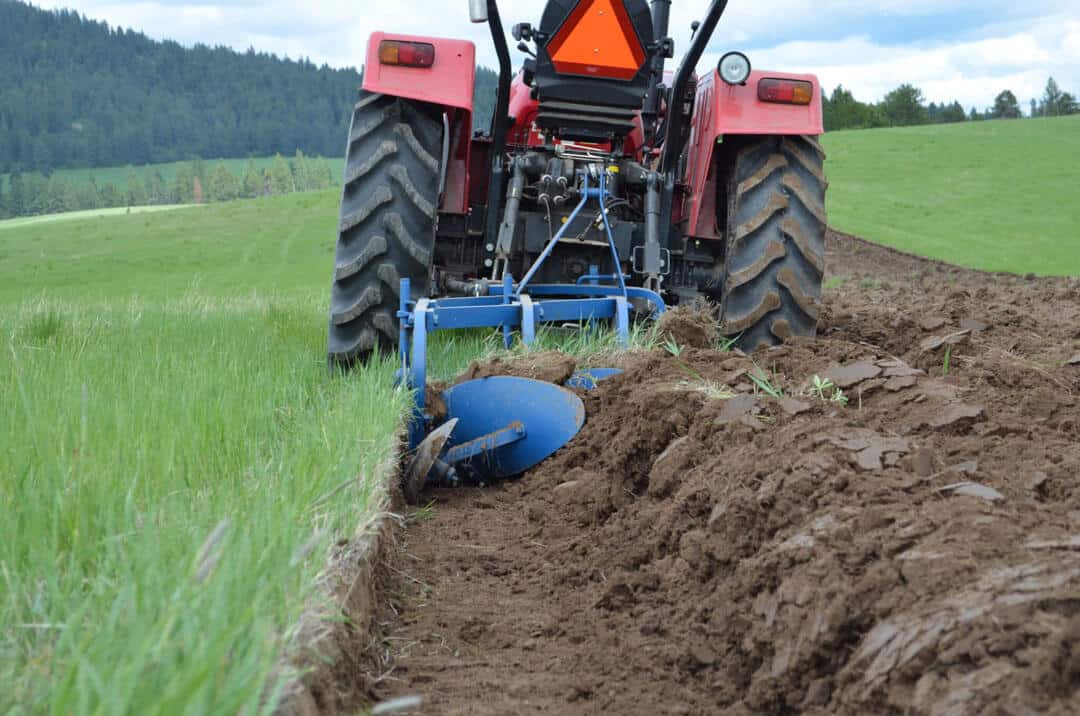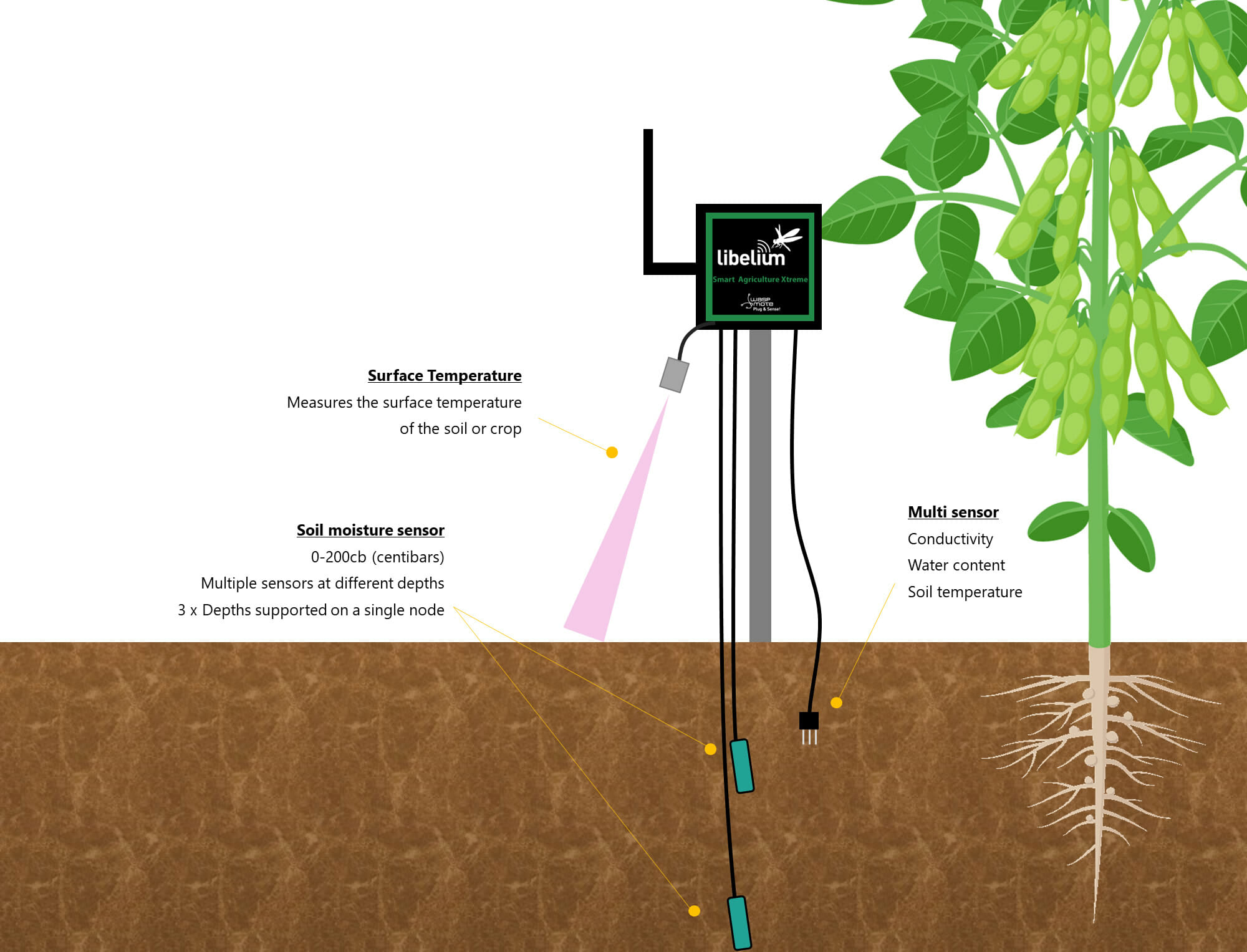Hello and welcome back to a final post in this agricultural/environmental issues blog series. Today we’ll be discussing a topic that comes up in almost every environmental science class, but is also almost never explained: Tillage in agricultural systems. Specifically, focusing on the concept of no till agriculture.

If you’ve ever taken a soils or environmental science class, or simply are just interested in sustainability, you’ve probably at least heard of no till agriculture. I know in my high school AP environmental science class the topic was covered something like this:
Teacher: “…and another thing that can be done to improve the environment is farmers can implement a no till system into their farming practices because it is better”
And while that was enough for people to do well on the exam, I’ve noticed many people still don’t entirely understand what it means and the various pros/cons that are associated with it. Is it really as good as advertised?
Definitions
Tillage refers to the agricultural preparation of soil by mechanical agitation. Historically this was done with hand tools or animal drawn plows. Currently, it is done with large tractors in most areas of the developed world. The general concept is to loosen or break up the soil prior to planting.
It should be pretty obvious then that a no till system is a system which uses no (or very minimal) tillage.
Pros of No-Till
The general concept of no till is reliant on the idea that soil naturally regulates itself because it is a living community of microorganisms which all work together to allow for various functions. Therefore, it is argued that tillage is destructive to the soil community and overall is a negative practice. Turing over the soil also increases the amount of oxygen the soil is exposed to, which can lead to the release of sequestered carbon and contributes to the greenhouse effect.

It is also argued that although tilling initially loosens up the soil by breaking up big clumps, it also damages the soil profile and will lead to the soil collapsing back in on itself and becoming even more dense than it was before tillage. This results in soil which is compacted, that restricts root growth and water infiltration. When water cannot infiltrate the soil, it must run off the surface which can lead to the pollution of surface water and increased rates of erosion. By preserving the normal soil structure/profile, more water is able to infiltrate over time and the amount of runoff from a field is decreased.

Finally, no till systems typically leave the crop residue in place on top of the soil. This can help to reduce soil erosion because the root structure is still intact and able to hold the soil from washing away. The residue can also act as mulch for the next crop and reduce the need for watering by protecting the soil from the harsh sun.
Cons of No-Till
Despite all these advantages, there are still a couple things that need to be kept in mind. First, when getting a new field established, it can take several years for the soil structure to develop into a robust enough state that it can provide the water infiltration and erosion control benefits usually associated with no till.
Additionally, it is simply easier for farmers to plant and maintain crops on tilled soil, because it is looser and easier to work with.

Tillage can also be a way to control weed issues. Sometimes weeds establish themselves in the field before crops can be planted. If not controlled, weeds will outcompete the crop and lead to a large yield reduction. Hand weeding is only practical on a smaller scale, so larger operations typically till under the weeds before they plant the crop. However, if not tilling the field, the weeds must be controlled with an herbicide. This can have significant environmental impacts if the herbicide drifts or runs off into a waterway, and can also lead to the development of herbicide resistant weeds over time. This is perhaps the largest downside to no till is that it greatly increases the amount of herbicides needed.
Finally, although leaving crop residues on the surface can have benefits for moisture conservation and erosion control, they can also house insect eggs, bacteria, or diseases like fungal spores. Normally tillage destroys these pests by breaking them up and exposing them to the elements. Left untreated this cause issues with the next years crop. Practices like crop rotation may help with this, but some insects or diseases are generalists and can affect most common crops within a rotation.
In conclusion, while there are certainly benefits to no till farming, it also has its own set of issues. These issues vary with severity and impact from farm to farm and even year to year, so while they may not be that important one year or at one farm, they could be devastating in another scenario. Because of this, its hard to say for sure if no till is really the best option overall. In my opinion, the best approach is probably somewhere between the two: tilling when necessary but trying to limit it whenever possible and doing other things like only tilling right before planting to minimize some of the downsides like soil erosion over the winter. There are also some newer tilling methods and equipment being developed that aim to aerate and loosen the soil enough to plant in, but not in a manner that is totally disruptive (think slicing the soil instead of mixing it up). These methods could also be used in combination. What do you guys think? Had you ever heard of no-till before, and would you consider using it on your own yard/garden?


